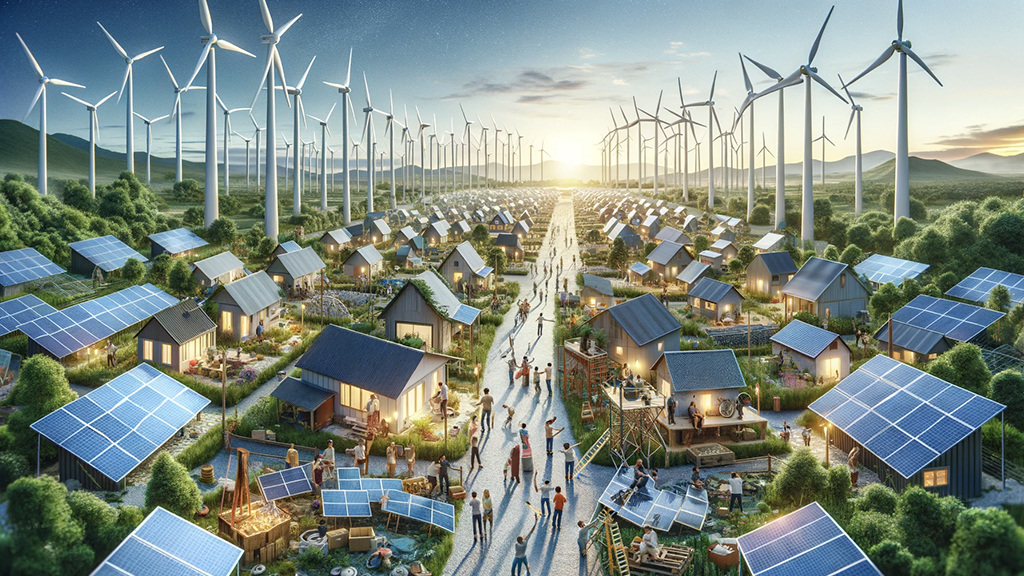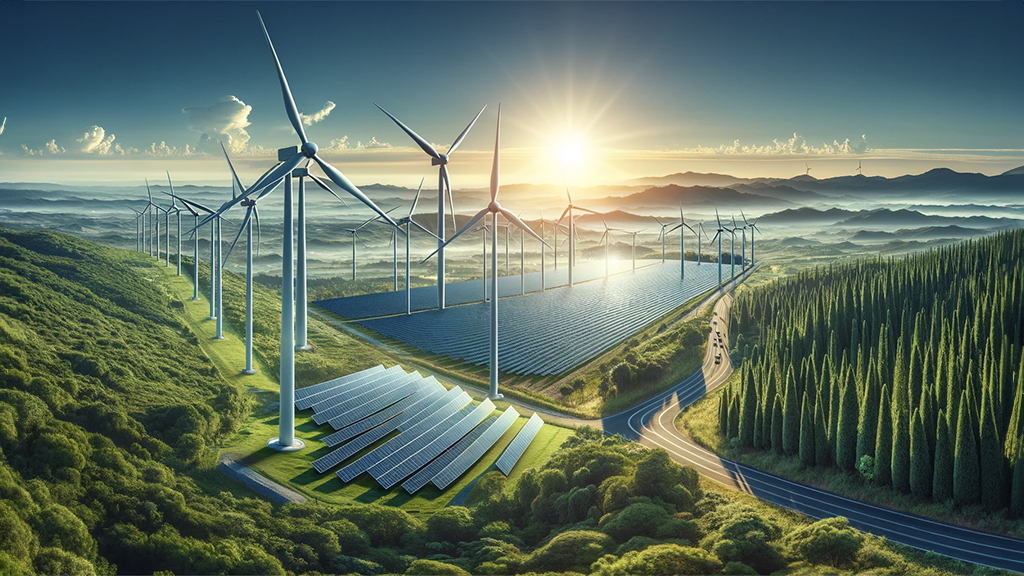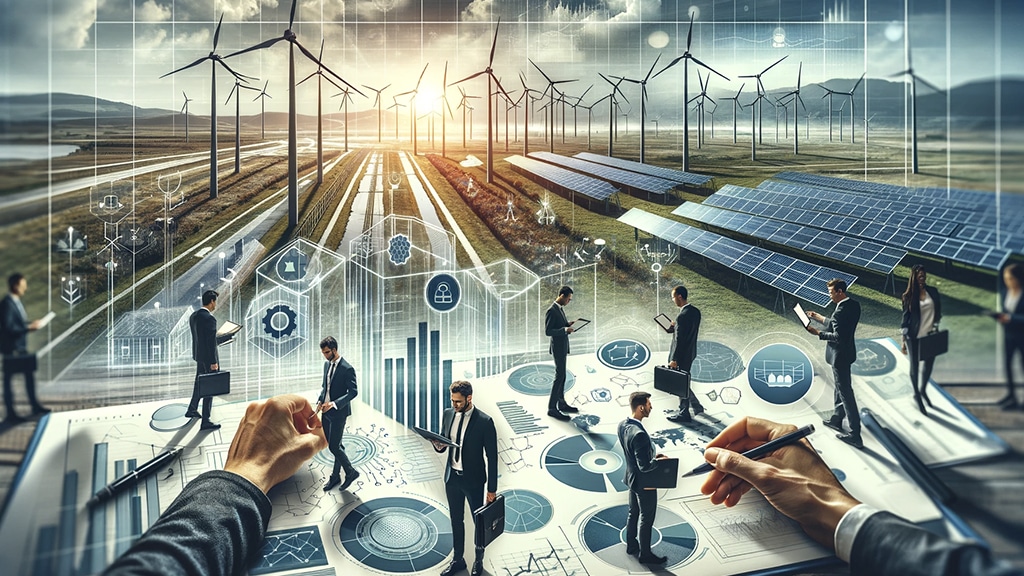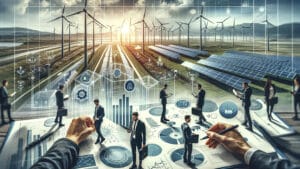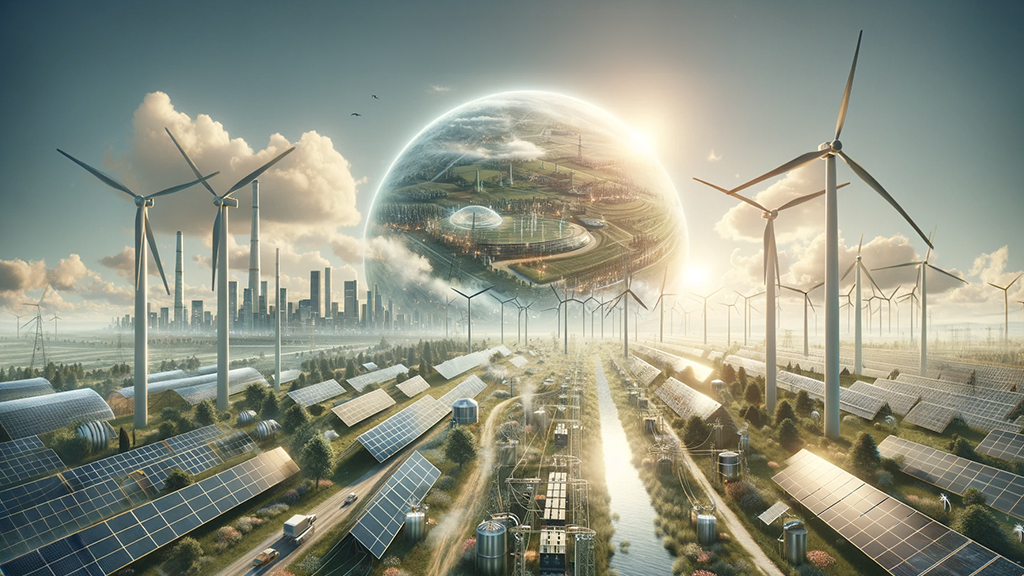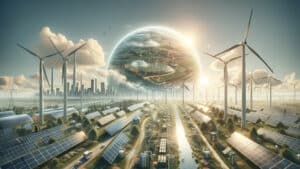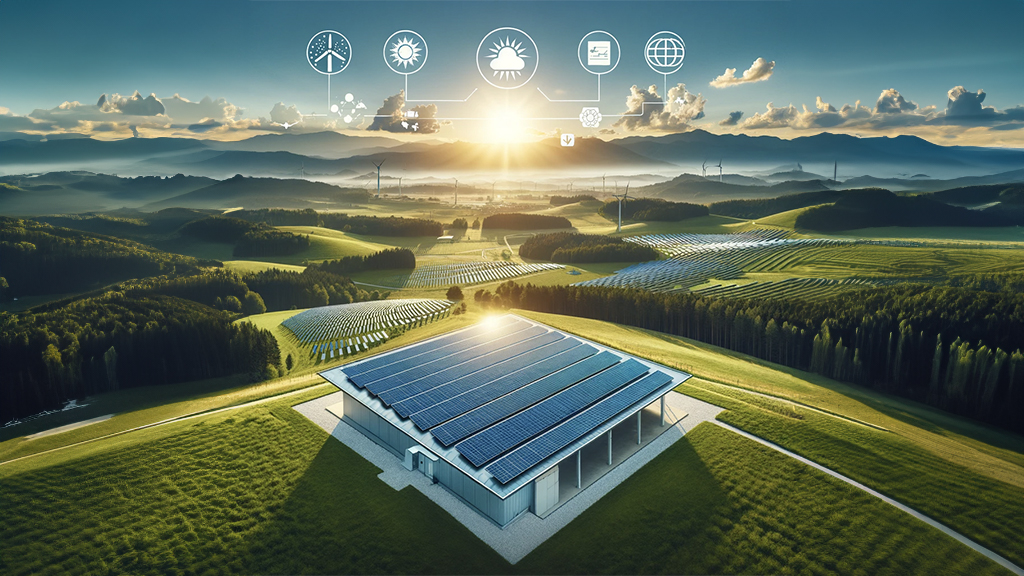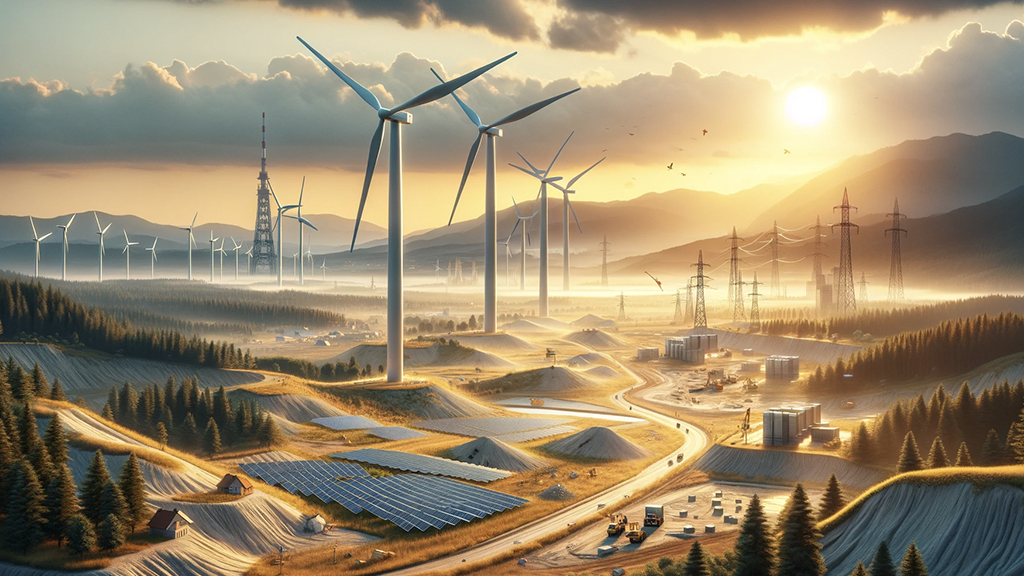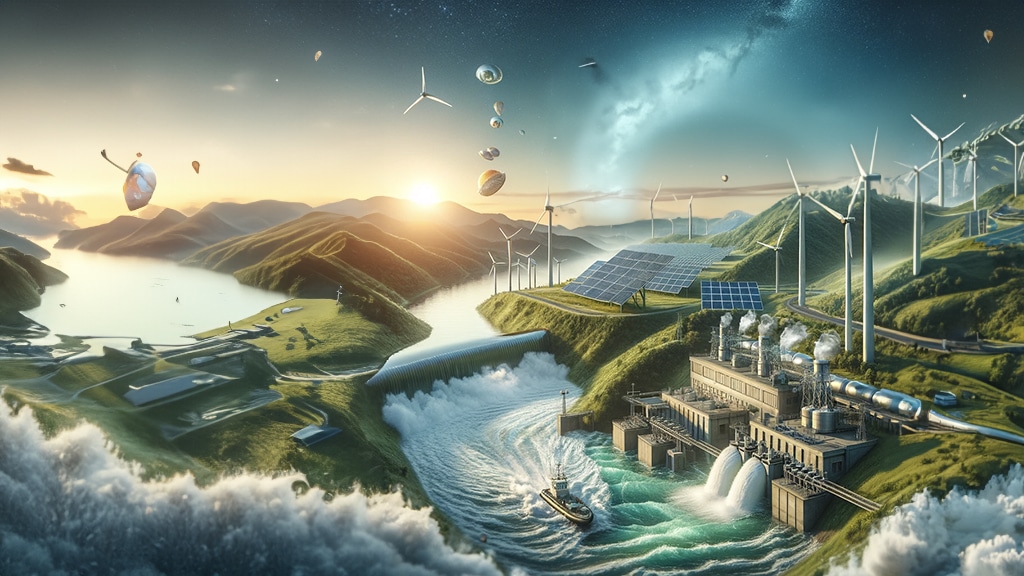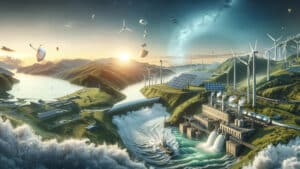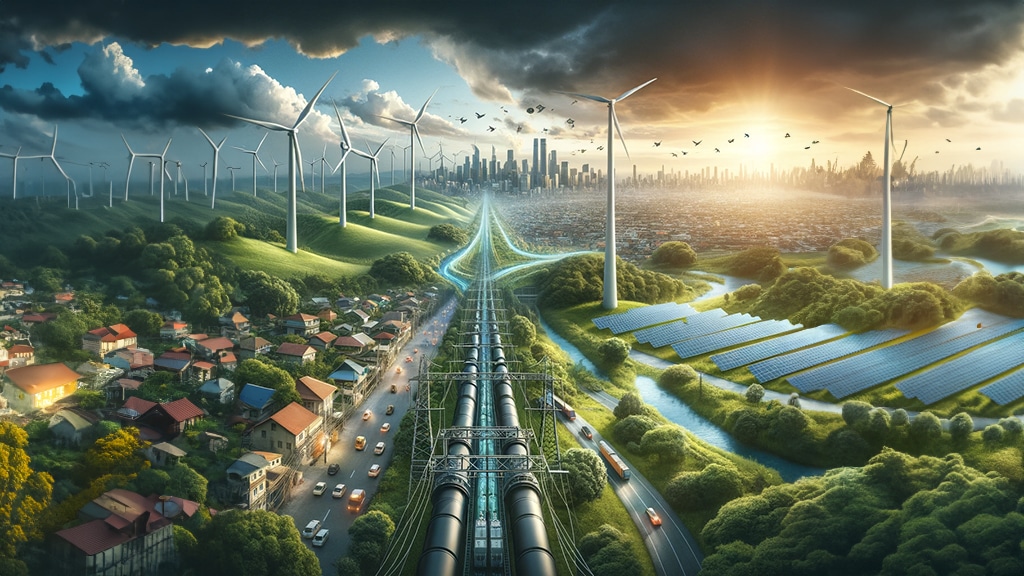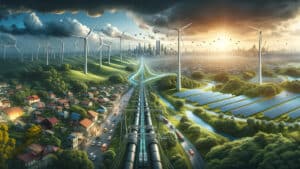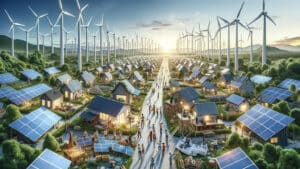
Introduction to the Energy Transition
Have you ever wondered what the future of energy looks like? The energy transition is not just a buzzword; it’s a necessity in today’s world. With growing environmental awareness and climate change, shifting to renewable energy sources seems like the only logical direction. But what exactly does that mean, and what challenges does it bring?

A Game-Changing Case: An Example of Energy Transformation
Let’s explore a unique example of energy transition – a small community that decided to fully switch to green energy. How did they do it? They started with wind and solar power as their main allies. But of course, the sun doesn’t always shine, and the wind doesn’t always blow, right? The key turned out to be energy storage and smart management.
Read more: How energy storage systems revolutionize RES Market?
Innovations Driving the Change
Are technological innovations essential to the energy transition? Absolutely! Our exceptional case shows how modern solutions, such as smart grids and advanced storage systems, can completely change the game. But it’s not just about technology – a shift in mindset and the willingness to adapt is equally important.
Read also: New technologies in solar power maintenance: What’s next?
Community First
What was the key to success in our case study? The community! People realized that only through collective effort could they make real change. Local action with a global impact – this is the message that emerges from our story. Involving residents in the decision-making process and giving them real influence over shaping their energy future turned out to be a winning strategy.
Electrum and the Energy Transition
Electrum is an energy company that has played a key role in the energy transition in Poland for years. Let’s take a closer look at their innovative solutions and achievements.
Case Study: Electrum
Electrum is a leading Polish Climate Tech company based in Białystok. We offer comprehensive solutions in the latest technologies for the development, construction, and management of energy and information projects. Discover specific examples of Electrum’s actions.
Investments in Renewable Energy Sources
- Wind farms: Electrum actively develops wind farms, contributing to increasing the share of renewable energy in Poland’s energy mix.
- Photovoltaic installations (solar farms): The company invests in photovoltaic installations, harnessing solar power to generate electricity.
Energy Efficiency
- Optimization of production processes: Utilizing advanced technologies to optimize energy consumption in industries.
- Monitoring and analysis of energy use: Electronic systems monitor energy usage, allowing for the identification of optimization areas.
- Upgrading equipment: Replacing outdated machinery with more energy-efficient models.
Check how we manage renewable energy assets:
Electrum Manages 2 GW of Renewable Energy Installations
Energy Transformation and Digitalization
Electrum invests in smart energy grids, enabling optimal management of energy supply. Some examples of these efforts include:
- Network Automation: Using IoT technologies and data analysis to monitor and control the energy grid.
- Smart Meters: Introducing smart meters that allow precise tracking of energy consumption by users.
- Energy Management Systems: EMACS – software for real-time efficient energy supply management.
Learn more about: EMACS
Electrum strives for a sustainable energy future, based on advanced technologies and respect for the natural environment.
Energy transition in Poland in recent years
Energy transition in Poland marks a significant step in transforming the country from its coal dependency to a more sustainable, eco-friendly energy model. In the past, coal dominated as the main energy source, with coal-fired power plants accounting for the majority of electricity production. However, this was associated with substantial air pollution and carbon dioxide emissions, contributing to global warming and climate change.
Current energy transformation in Poland
Today, thanks to investments in renewable energy sources, Poland is reshaping its approach to energy production. Increasing numbers of wind farms and solar power plants are emerging across the landscape, providing clean energy that helps reduce CO2 emissions and air pollution.
Read also: The Future of Renewable Energy in Poland: Innovations and Challenges
Companies like Electrum play a key role in the energy transition, becoming leaders in the use of renewable energy sources and promoting environmental awareness within society. This change not only contributes to improved air quality and residents’ health but also aligns Poland with global efforts to combat climate change and build a more sustainable energy future.
Conclusion: Energy Transition is Possible
In conclusion, energy transition is not just about technology and innovation; it’s primarily about people and their determination to change. Our unique case study demonstrates that even small communities can have a significant impact on the future of our planet. Are we ready to follow this path? That’s the question we leave with you, dear readers.
Electrum shows that innovative approaches and commitment to renewable energy sources can bring positive outcomes for the country and the environment. A just energy transition is our shared goal!

